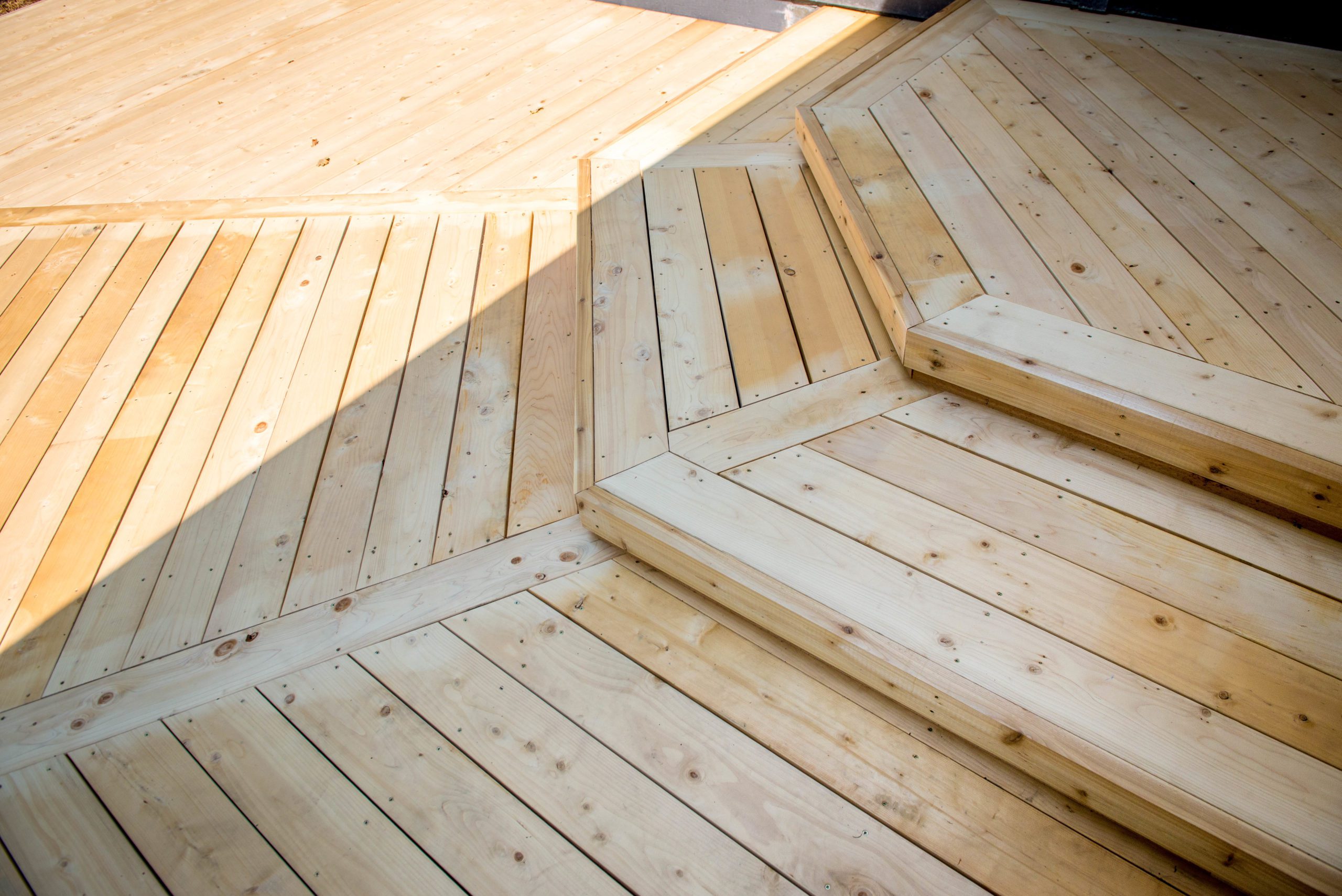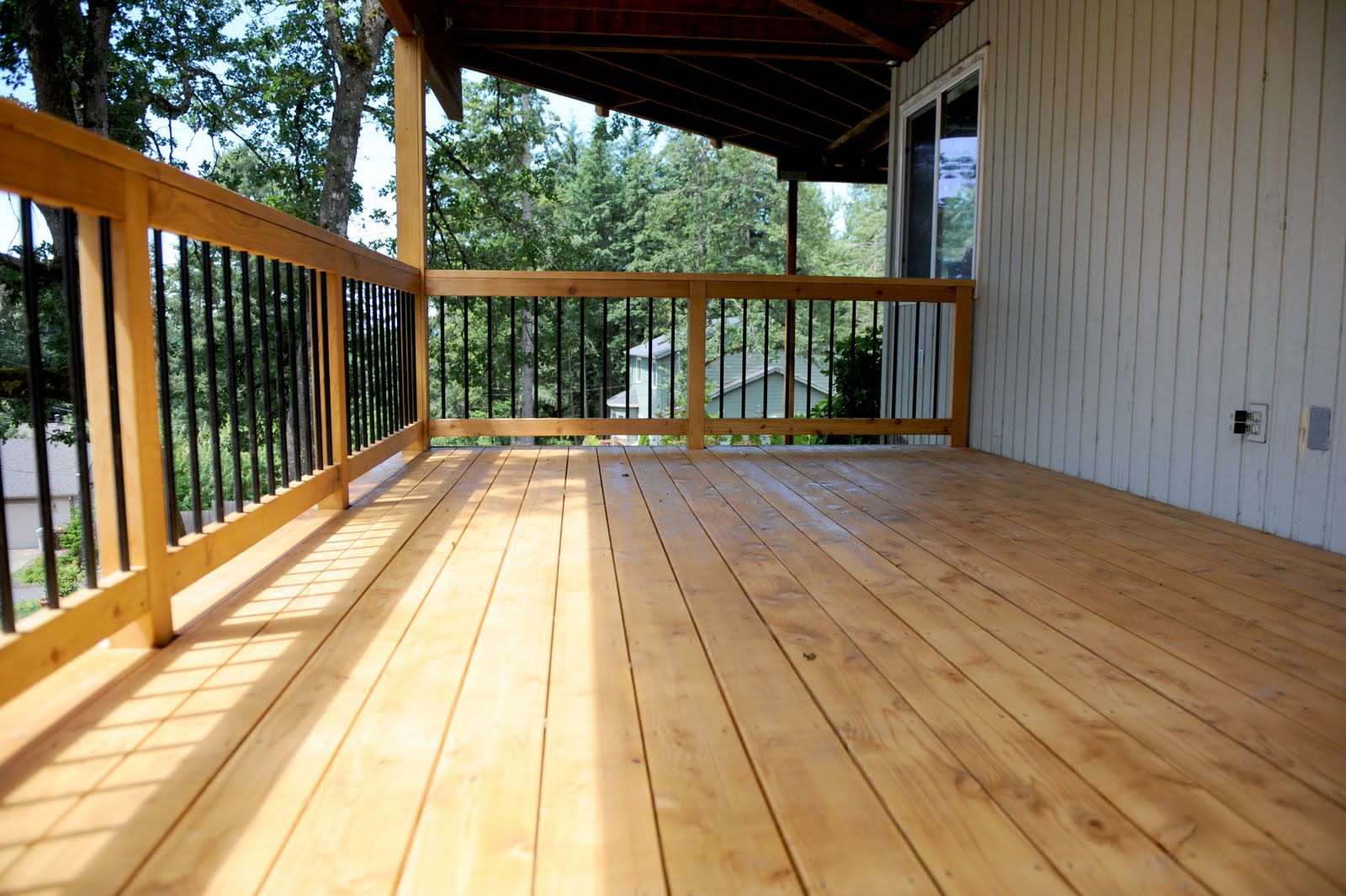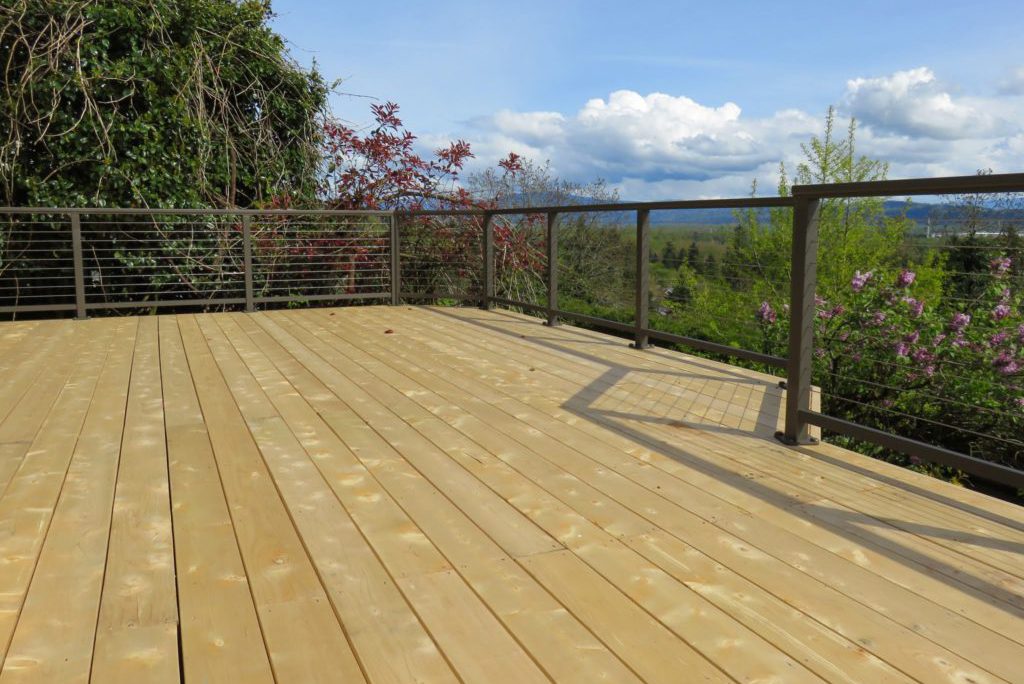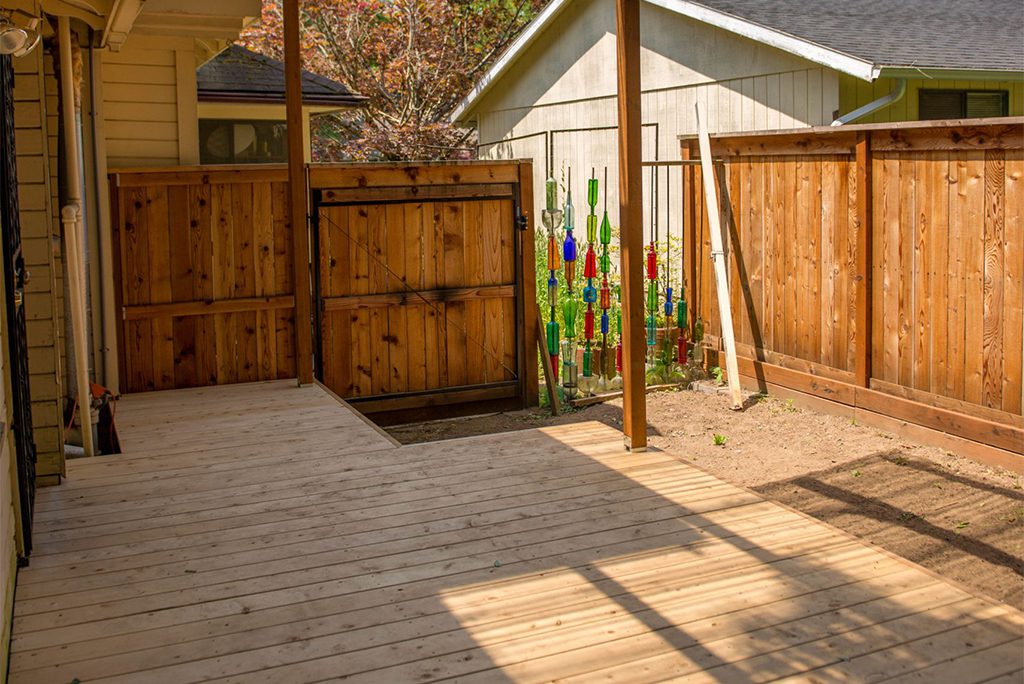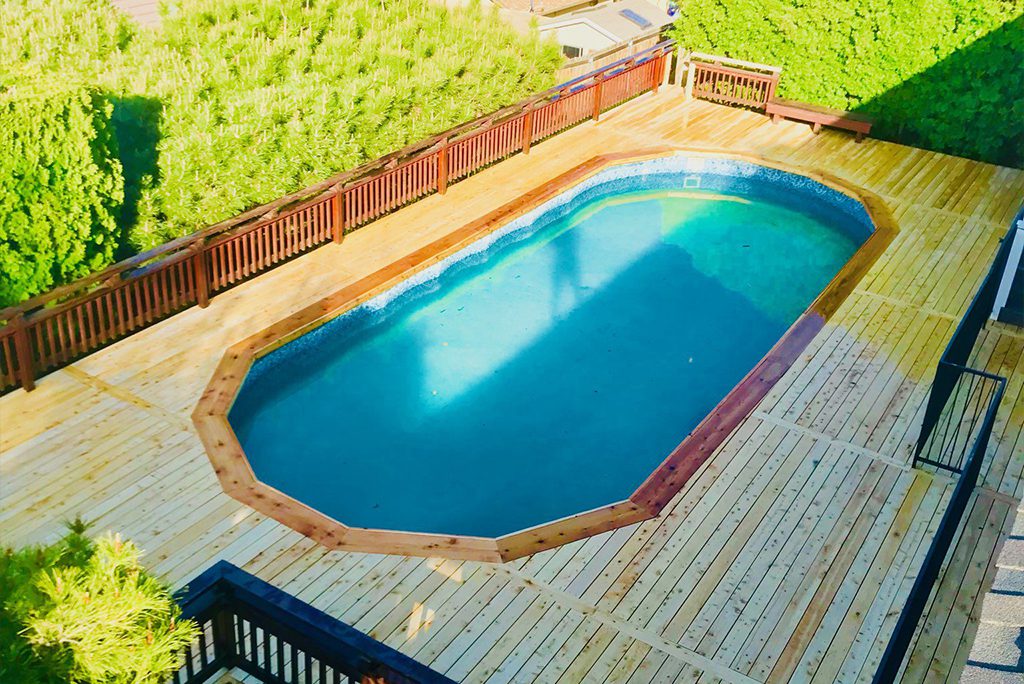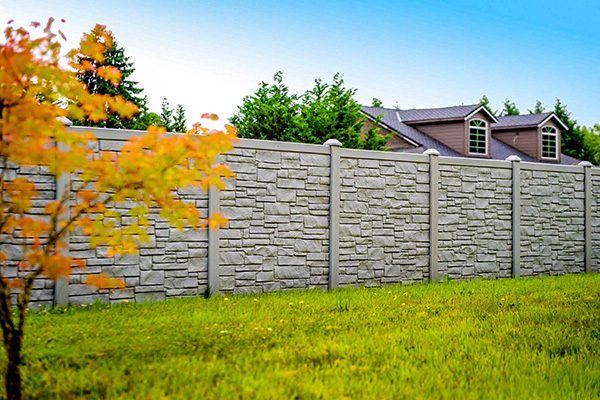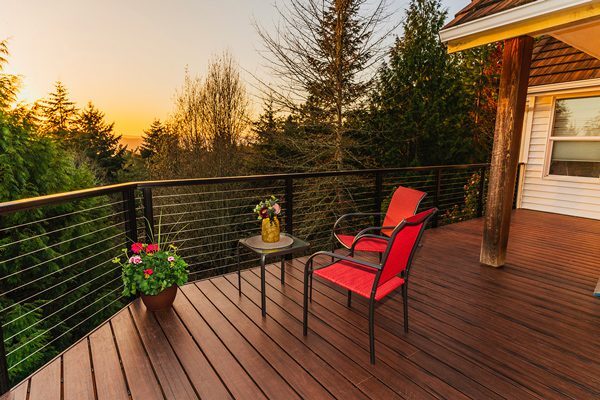Deck Spotlight: Port Orford Cedar
In our opinion, nothing provides a more classic Pacific Northwest look than Port Orford Cedar. This quintessential wood is strong, durable, and beautiful! Let’s take a closer look at this fantastic deck option.
What is Port Orford Cedar?
This species, also known as white or Oregon cedar, has a limited native range in southwest Oregon down to northwest California. Sections of mountains in Coos and Curry counties boast the largest stands of Port Orford Cedar, which was first discovered in the 19th century near Port Orford, Oregon. This tree can be found growing in stands along the coast, as well as in the Klamath Mountains. It can grow in a variety of habitats, such as sand dunes and bogs. This tree, which can live for hundreds of years, may grow to be 200 feet tall with a trunk diameter of four to seven feet. Its wood is strong with a ginger aroma, which contributes to its resistance to both pests and rot.
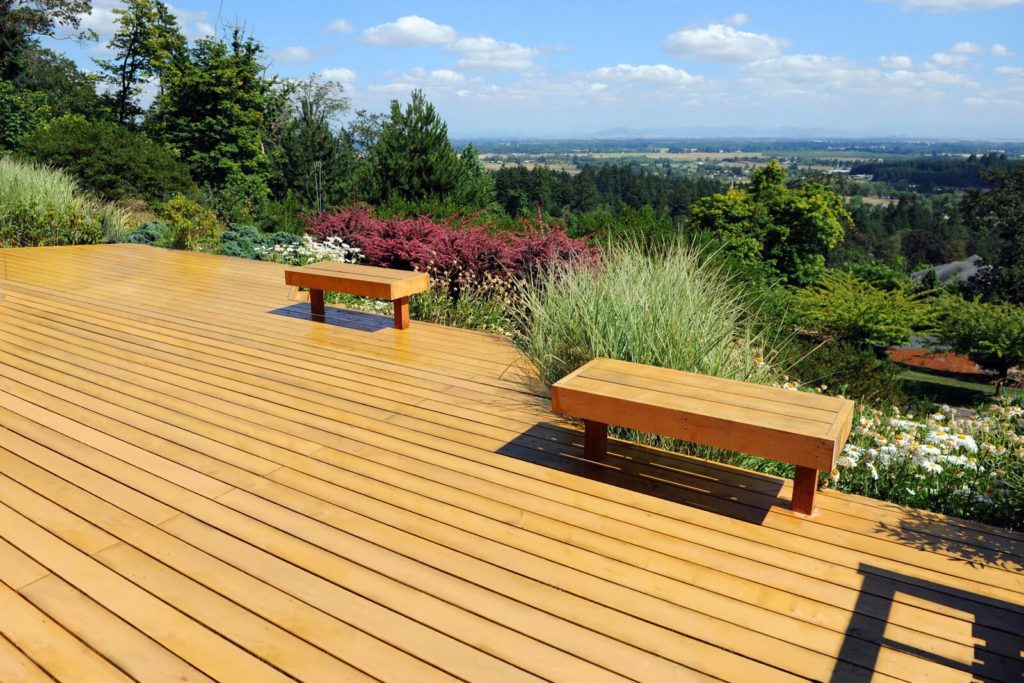
Historically, Port Orford Cedar was valued by native people, such as the Karuk Tribe, and used to construct sweat lodges and furniture. Today, this wood is in high demand in eastern Asian countries, as well as in the United States, where it’s used to build temples, homes, instruments, canoes, and even arrow shafts.
In the mid-20th century, a fungal root disease began attacking Port Orford Cedar trees. The trees remain vulnerable to this disease to this day.
Characteristics of Port Orford Cedar
- Common names: Port Orford Cedar, white Cedar, Oregon Cedar, ginger pine, and Lawson cypress
- Scientific name: Chamaecyparis lawsoniana
- Tree size: 150 – 200 feet tall, 4 – 7 feet trunk diameter
- Found: SW Oregon and NW California, typically along the coast
- Janka Hardness Scale: 590 lbf
- Color: Light yellow brown heartwood that weathers to a silvery gray when exposed to the elements
- Grain: Uniform fine-to-medium texture with straight grain (hence why it’s used to make arrows!)
- Rot resistance: Very durable against decay and resistant to most insects.
- Workability: Easy to work with and works well with paint, stains, and glues.
What is the Janka Hardness Scale?
The Janka Hardness Scale measures the hardness of different wood species so they can be easily compared against each other. The scale examines the comparative hardness of woods (both domestic and exotic) by measuring the ease at which species can be dented. This is done by measuring the force needed to embed a small steel ball halfway into a piece of wood. Results are measured in pounds-force. Woods with higher numbers (or ratings) are harder than those with lower numbers.
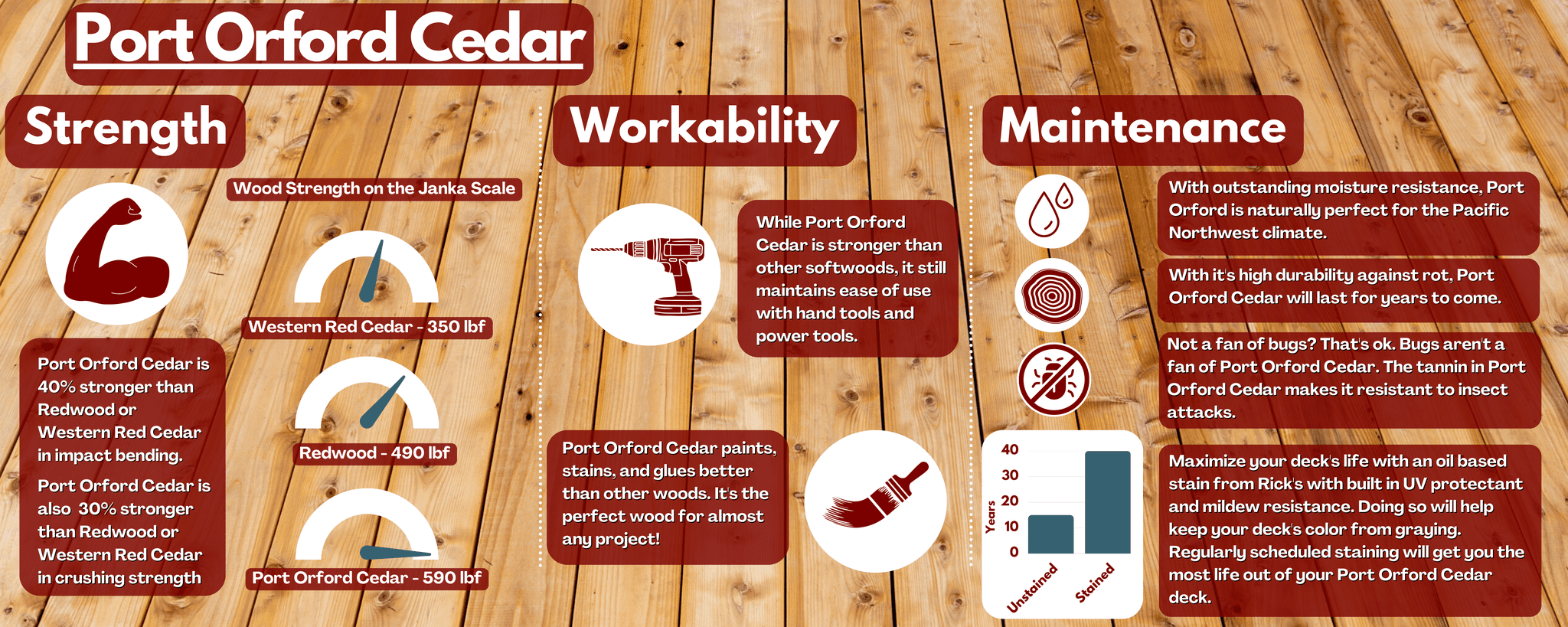
Benefits of a Port Orford Cedar deck
Port Orford Cedar is considered a hidden gem thanks to its lightweight but extremely strong boards. Our cedar deck designs are constructed from native Pacific Northwest Port Orford Cedar. As strength tests have shown, it’s one of the strongest decking materials available for wood deck construction.
Port Orford cedar decking has a natural ability to withstand the toughest of external conditions. Where other decks may warp, rot, or cup as they expand and contract in seasonal temperatures, Port Orford’s superior sustainability can handle the elements like no other wood can.
Many cedars have a wide range of colors. However, Port Orford Cedar is renowned for its consistency. When first milled, Port Orford Cedar is very blond, and initial exposure to oxygen and UV light will turn Port Orford Cedar to a beautiful consistent gold tone. Prolonged exposure will result in a silver patina.
Maintenance
Your Port Orford Cedar deck is ideal for the variable weather of the Pacific Northwest. This dense, hearty wood is such a great choice for decks since it naturally resists deterioration from water, wind, and sun. However, all woods become vulnerable to damage when not properly protected. Here are some key ways to care for your Port Orford Cedar deck.
- Sweep periodically to prevent dirt and debris from building up.
- Clean with water on a sunny day to allow for immediate drying
- Don’t use a pressure washer, as this can cause damage to softwood decking.
- Move deck furniture around occasionally to prevent discoloration.
Staining
We highly recommend staining. A UV protectant and mildew-resistant stain is the best way to extend the life of your deck. Rick’s Custom Fencing & Decking carries some of the best stains on the market so ask your representative for more info.
- 2-3 weeks after installation, spray water onto your Port Orford Cedar. If the water absorbs in 10 minutes or less, it’s time to stain. It could take up to 30 days after installation before your deck is ready to accept stain, so don’t worry if this doesn’t happen right away.
- Choose a UV and mildew-resistant oil-based stain (Rick’s Fencing can make suggestions on the best kind for your needs).
- Clean your cedar with a hose or light pressure washing and clear the wood of any obstructions, like potted plants or deck furniture.
- Wait until the outside temperature is between 40 and 80 degrees.
- Apply stain in a thin layer, wiping off excess as you go.
- Re-stain your Port Orford Cedar every 2-3 years for continuous protection from the elements.
Ready to get started?
If you’re interested in a Port Orford Cedar deck, contact Rick’s Custom Fencing & Decking for a free estimate. Learn why we’ve been trusted throughout the Pacific Northwest for over 40 years!

